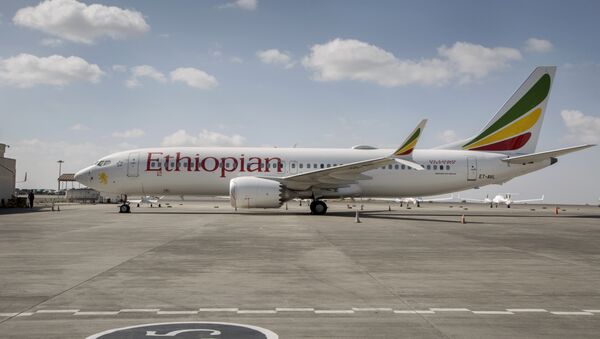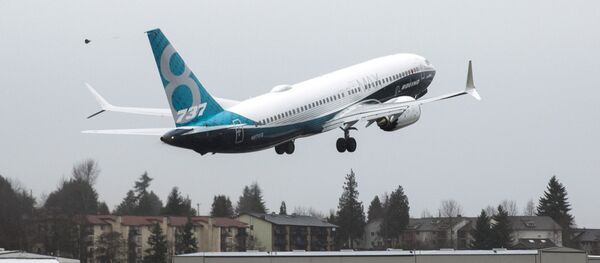According to two aviation sources familiar with the investigation cited by ABC News, damage to the angle-of-attack sensor upon takeoff from a bird or foreign object triggered erroneous data and the activation of the anti-stall system — called MCAS — sending the pitch of the plane downward and ultimately crashing into the ground.
The plane reportedly suffered a damaged angle-of-attack sensor after being struck by a bird or another "foreign object."
READ MORE: Ethiopian Airlines Pilots Followed Boeing Guidelines Before Crash — Reports
As the jet was nosediving, the Boeing 737 MAX pilots did not try to electronically pull the nose of the plane up before following Boeing's emergency procedures of disengaging power to the horizontal stabilizer on the rear of the aircraft, according to the sources. One source noted that the pilots attempted to bring the nose of the plane back up manually by using the trim wheel, yet were unable to regain control and the plane crashed.
It is not clear at this point whether the pilots purposely reactivated the MCAS’ stabilizer control or if the software reactivated on its own after shutdown. A source told the Wall Street Journal that it appeared the pilots turned the system back on hoping to regain control over the stabilizers, yet Reuters reported that the software may have reactivated without human intervention, and further investigations of that possibility are ongoing.
The preliminary findings in the crash investigation are expected to be released by transportation officials by Thursday morning. Earlier on Wednesday Boeing released a statement that urges “caution against speculating and drawing conclusions on the findings prior to the release of the flight data and the preliminary report.”


